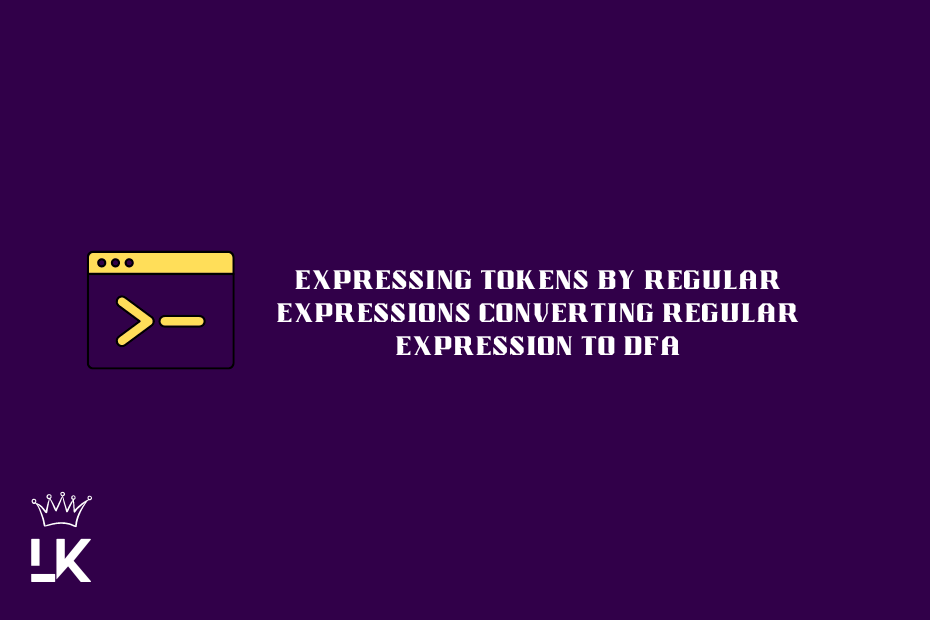Expressing Tokens by Regular Expressions and Converting Regular Expression to DFA in Compiler Design: An In-Depth Look
This phase of the compiler is responsible for breaking down the source code into smaller, manageable pieces called tokens, which can then be processed by other phases of the compiler.
One of the key tools used in lexical analysis is the regular expression. A regular expression is a pattern that describes a set of strings and can be used to match and extract tokens from the source code.
Expressing tokens by regular expressions involves defining a set of patterns that correspond to different types of tokens in the language being compiled.
Once the regular expressions for the tokens have been defined, the next step is to convert the regular expressions into a finite automaton, which is a type of machine that recognizes strings matching a given pattern.
This is done by constructing a deterministic finite automaton (DFA), which is a type of finite automaton that recognizes strings in a deterministic way.
The process of converting a regular expression into a DFA involves several steps, including:
- Defining the states of the DFA.
- Defining the transitions between the states.
- Defining the initial state of the DFA.
- Defining the accepting states of the DFA.
The first step in defining the states of the DFA is to create a state for each regular expression that corresponds to a token in the language being compiled.
The transitions between the states are defined based on the patterns described by the regular expressions.
For example, if the regular expression corresponds to a string of numbers, the transition from one state to the next will be based on the next digit in the string.
The initial state of the DFA is the starting point for lexical analysis, and the accepting states are those that correspond to complete tokens that have been recognized by the DFA.
In order to ensure that the DFA is able to recognize all possible tokens in the language being compiled, it is important to ensure that all possible combinations of characters are included in the regular expressions.
Once the DFA has been constructed, it can be used to recognize tokens in the source code by starting at the initial state and following the transitions between states until an accepting state is reached.
If the DFA reaches a state that is not an accepting state, it means that the string being analyzed does not match any of the tokens in the language being compiled and is therefore an error.
In conclusion, expressing tokens by regular expressions and converting regular expressions to a DFA is an important part of the lexical analysis phase in compiler design.
By breaking down the source code into smaller, manageable pieces and using a DFA to recognize and extract tokens, the compiler is able to ensure that the source code is properly structured and can be processed by other phases of the compiler.
Whether you're a software engineer, a computer science student, or simply interested in understanding how compilers work, it's worth taking the time to learn more about regular expressions, DFAs, and the role they play in compiler design.
Reference Books
Here are the books I’ve used as references for writing this article,
please feel free to read them If you don’t want your knowledge to be
limited to this article alone.

Post a Comment